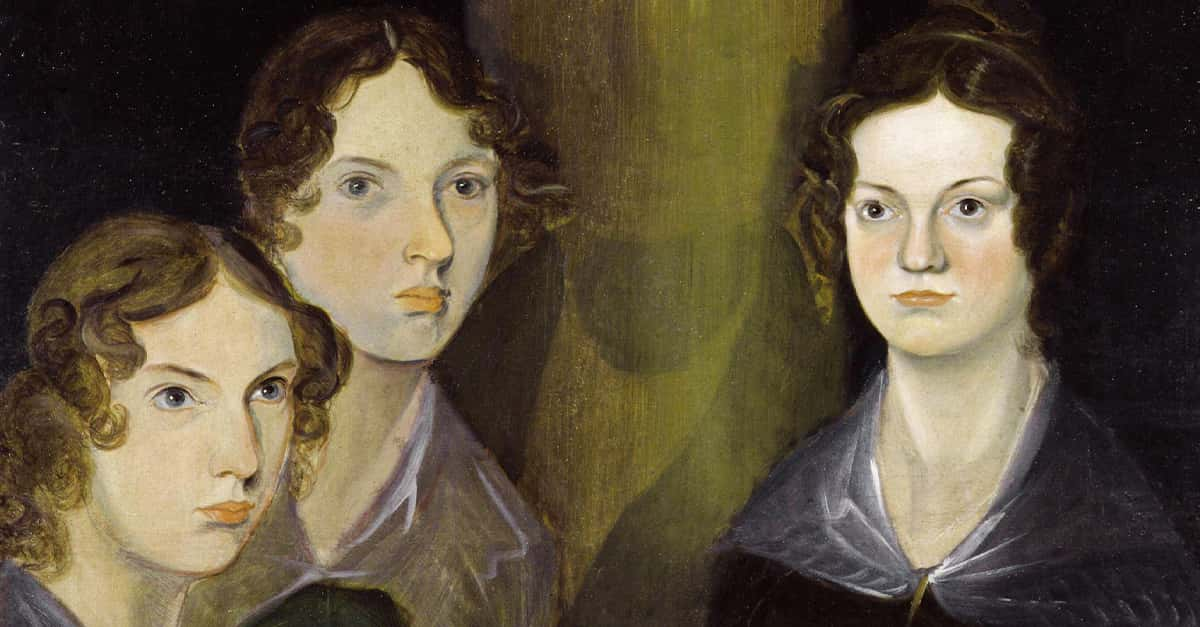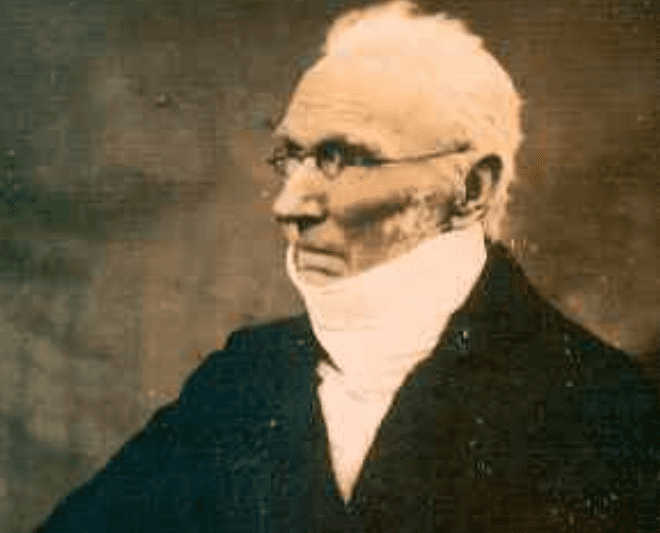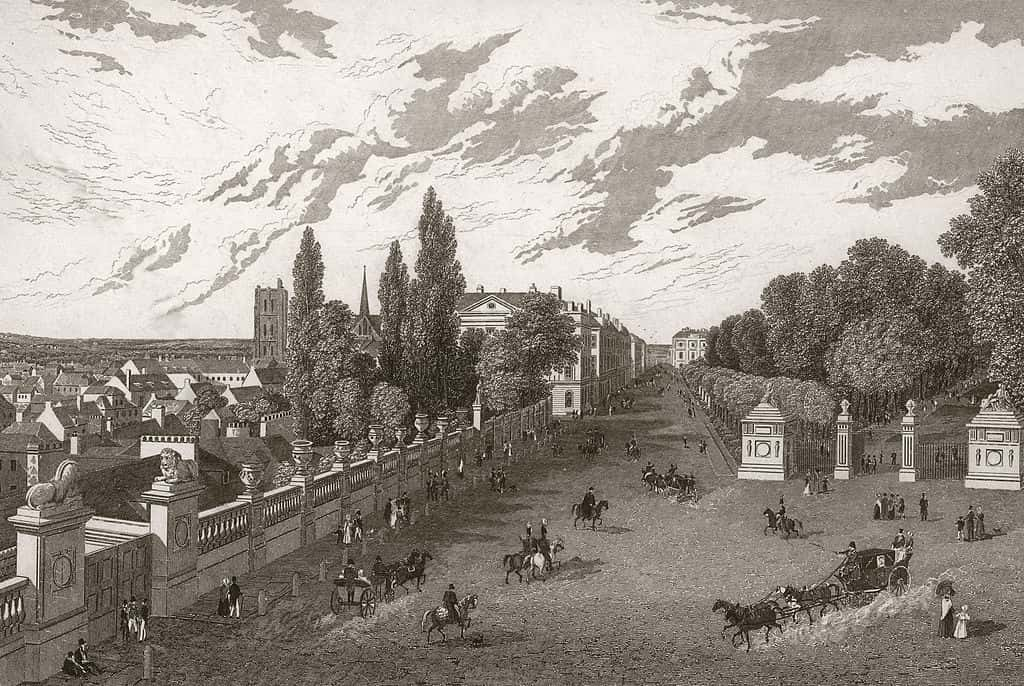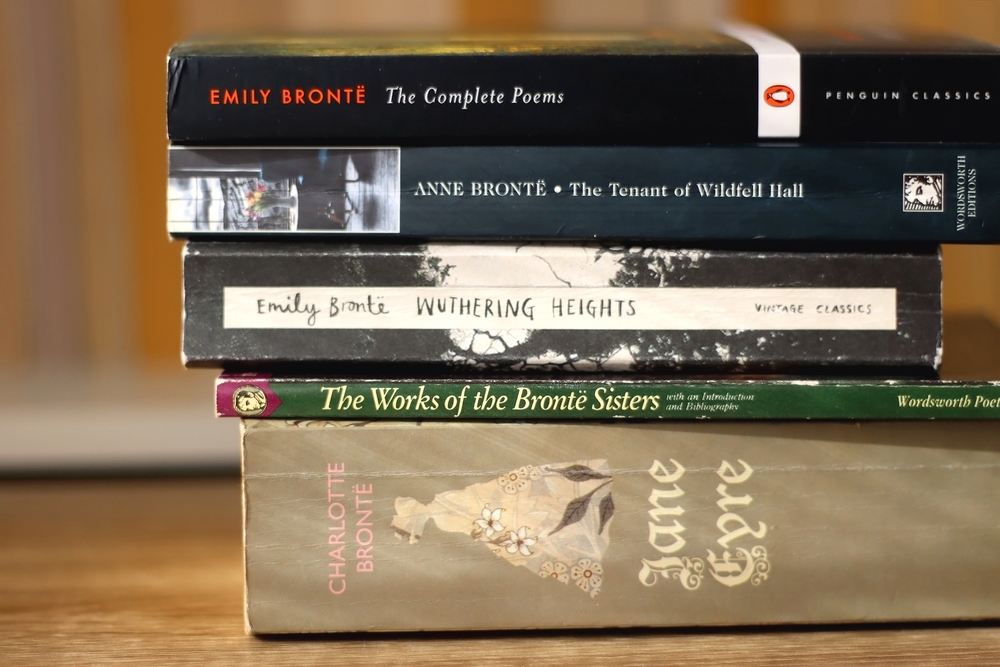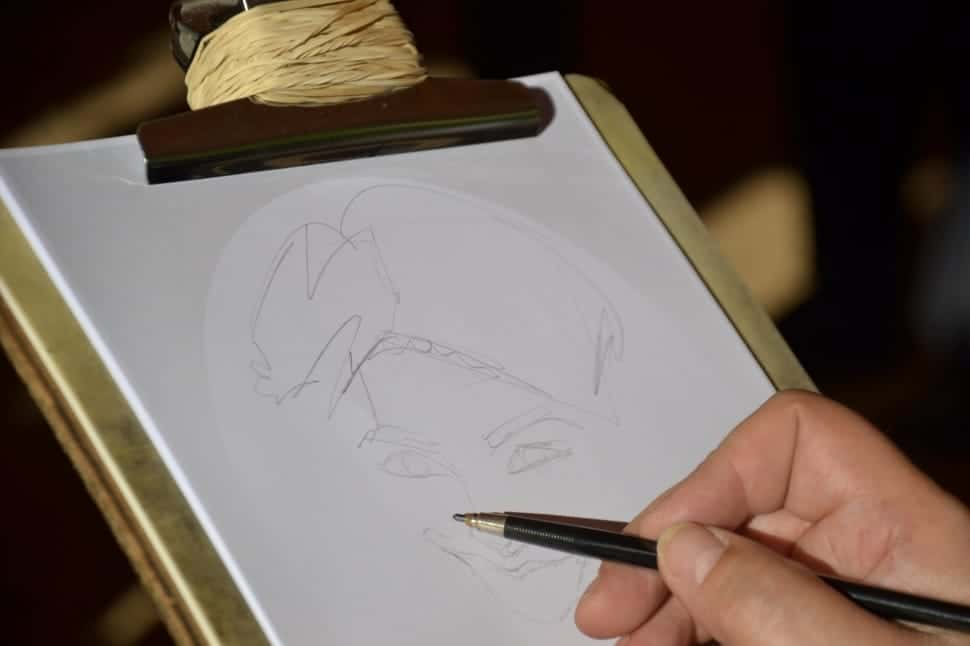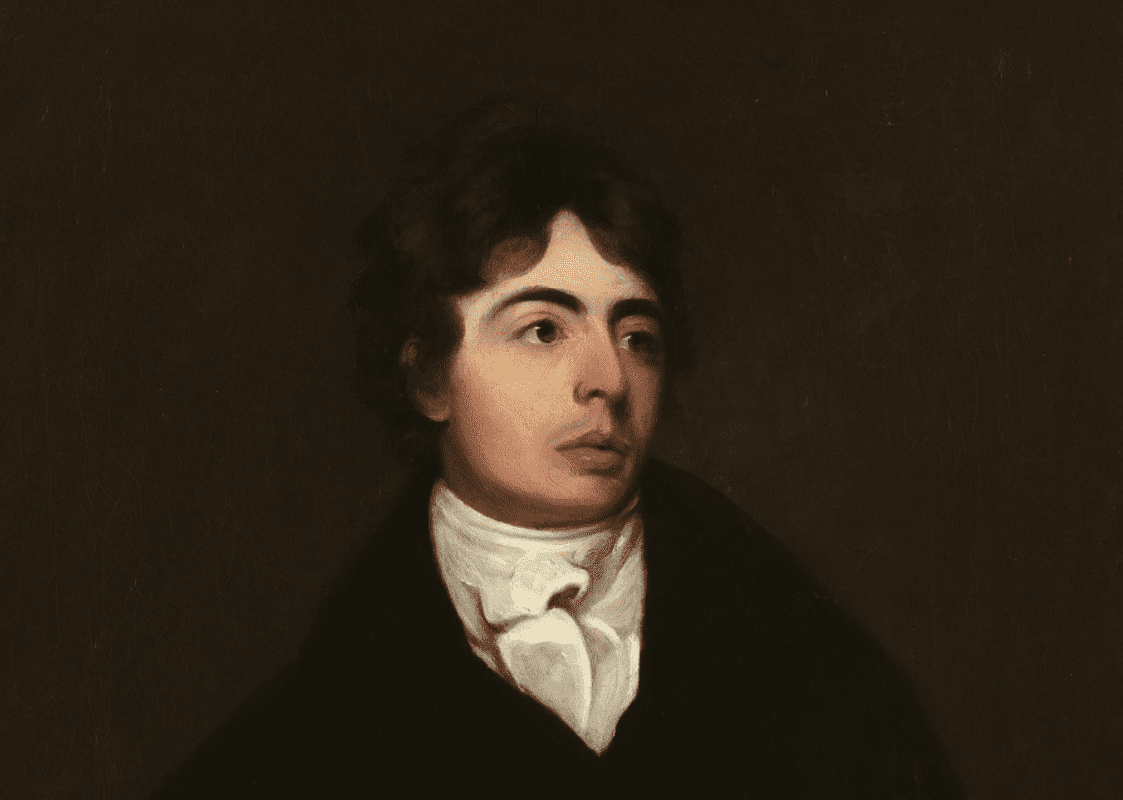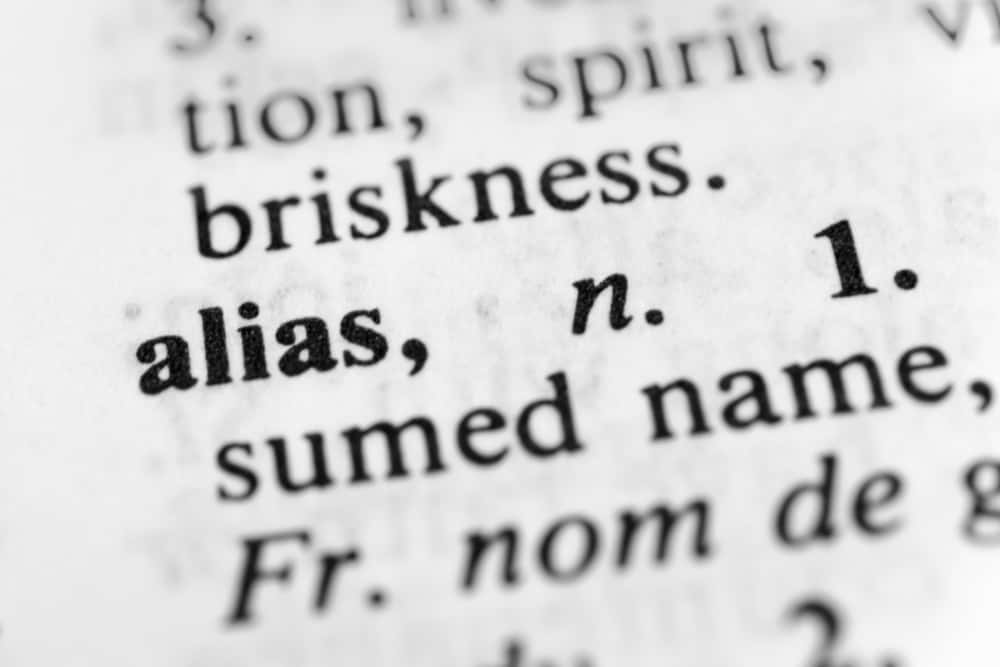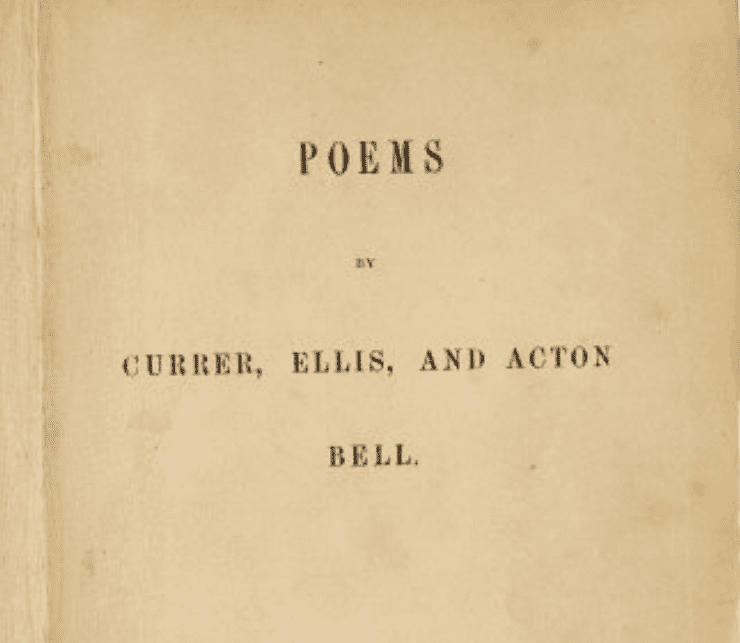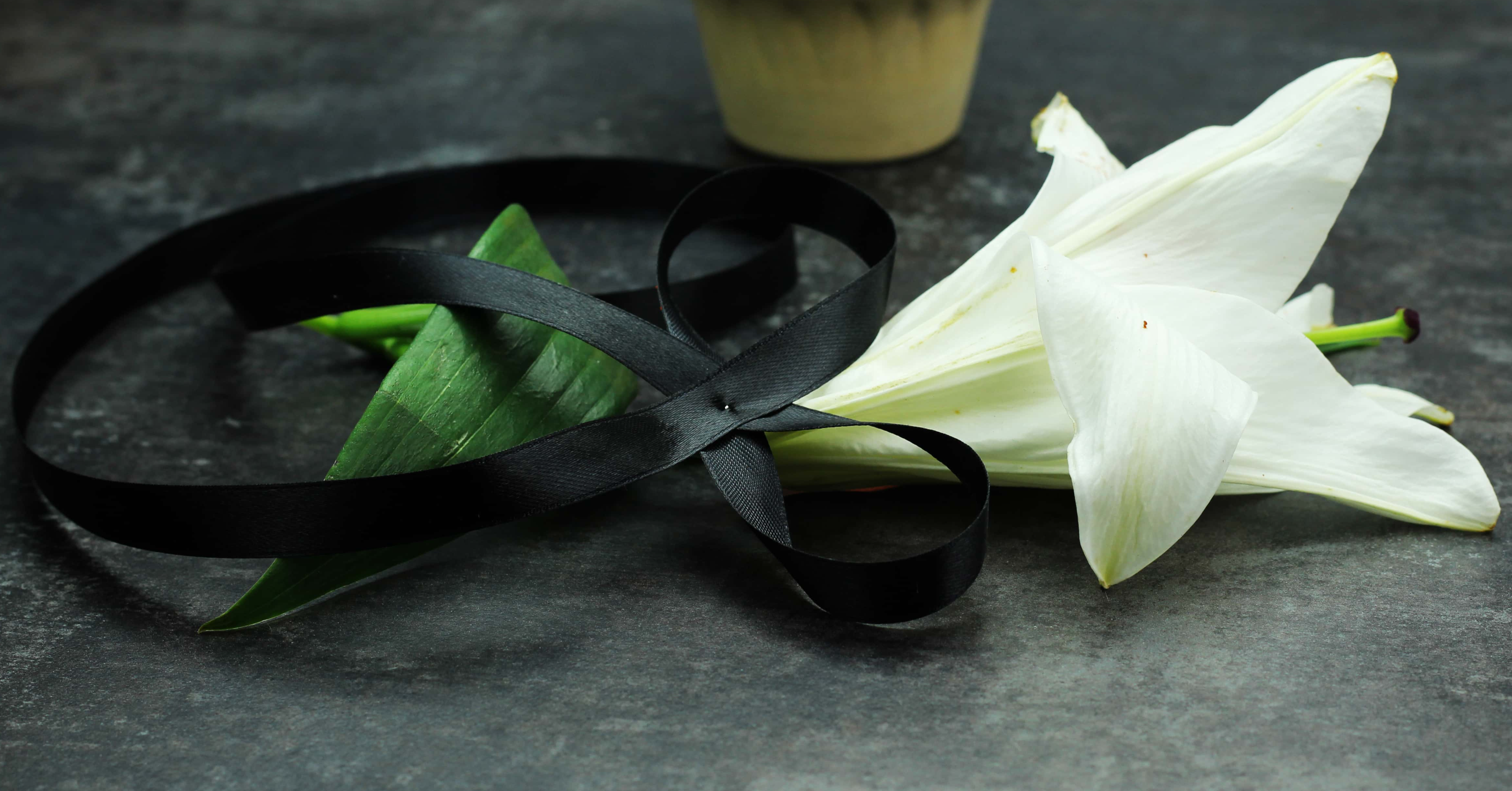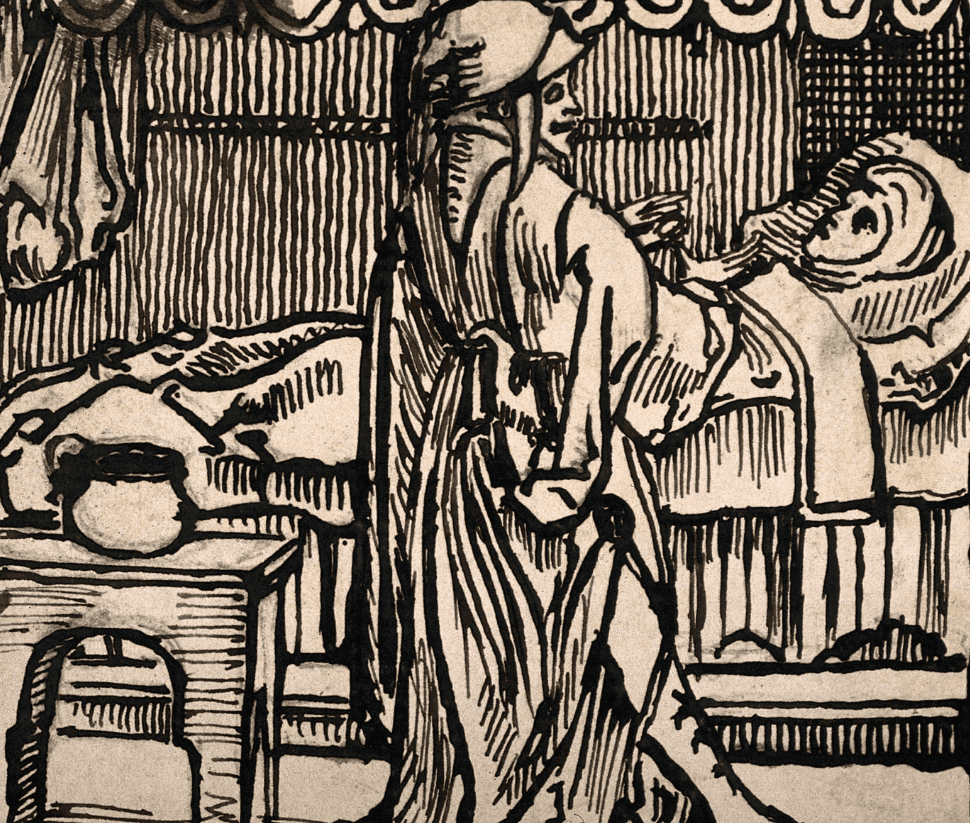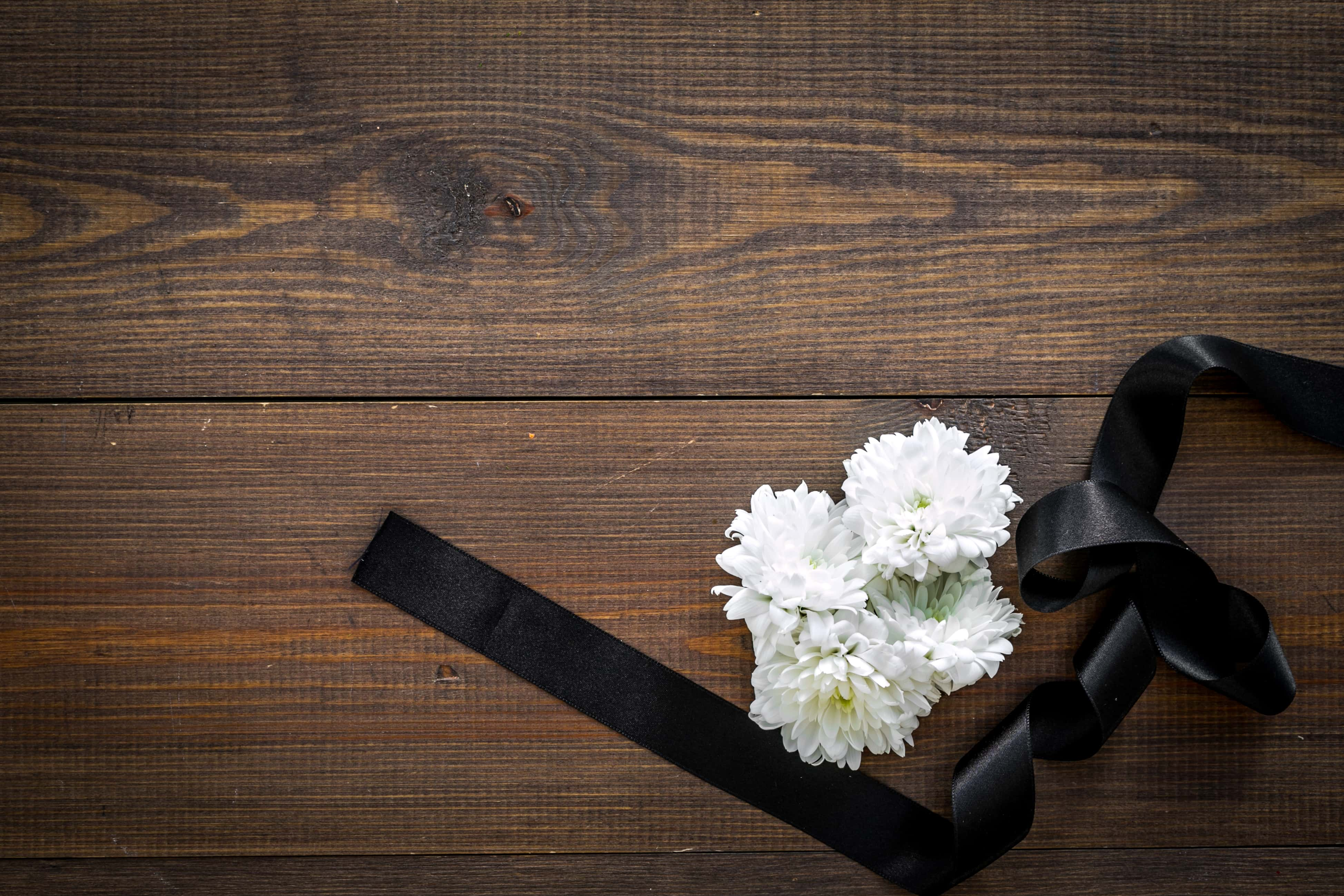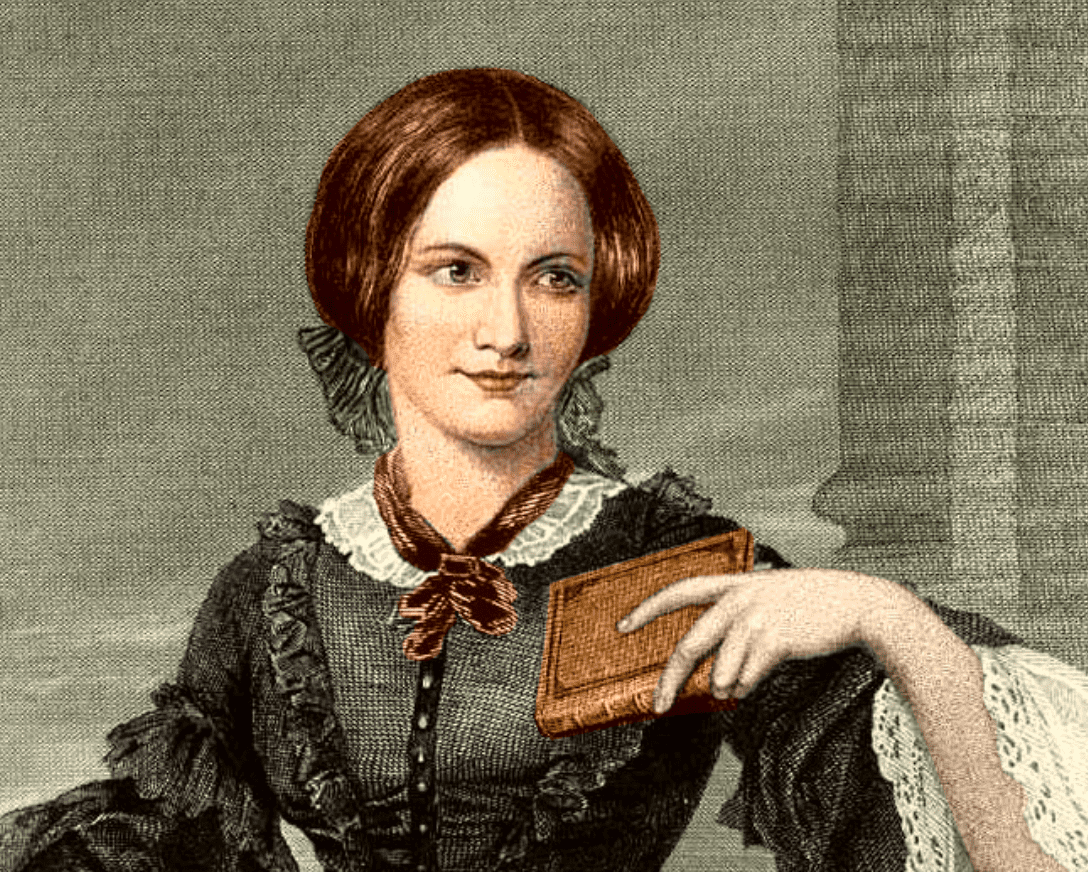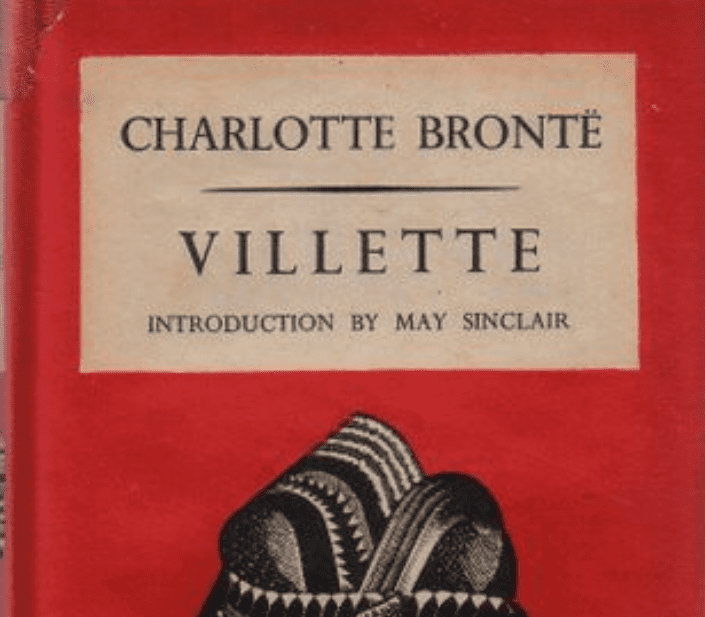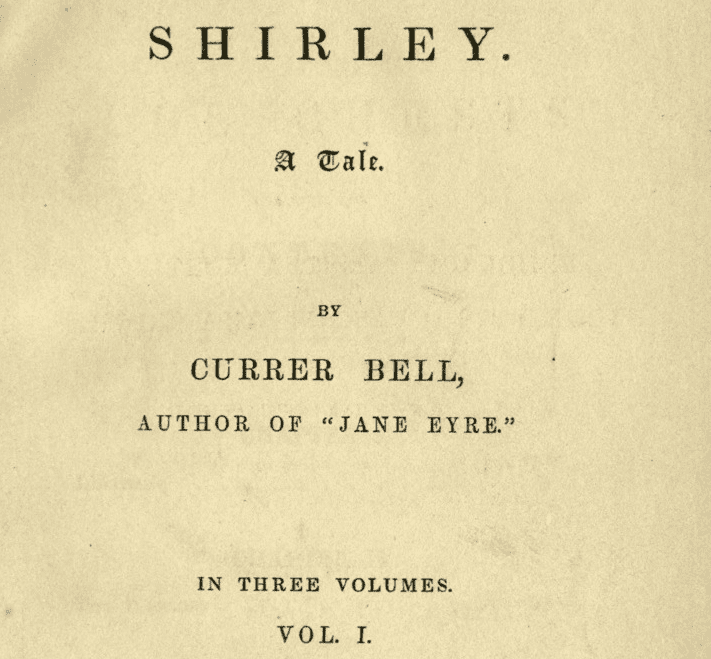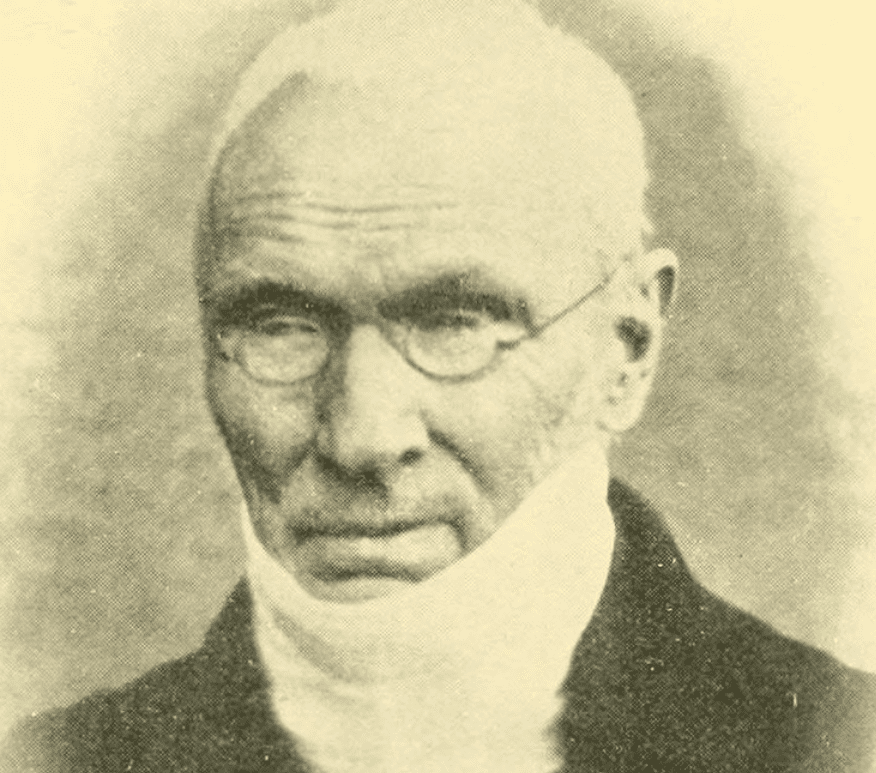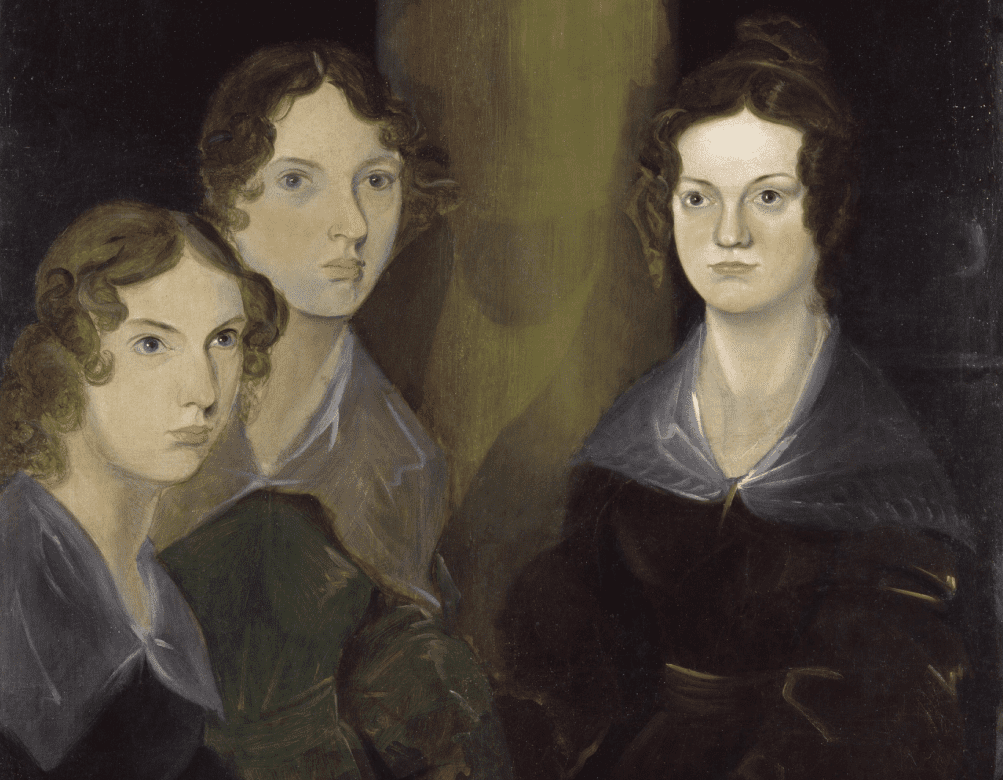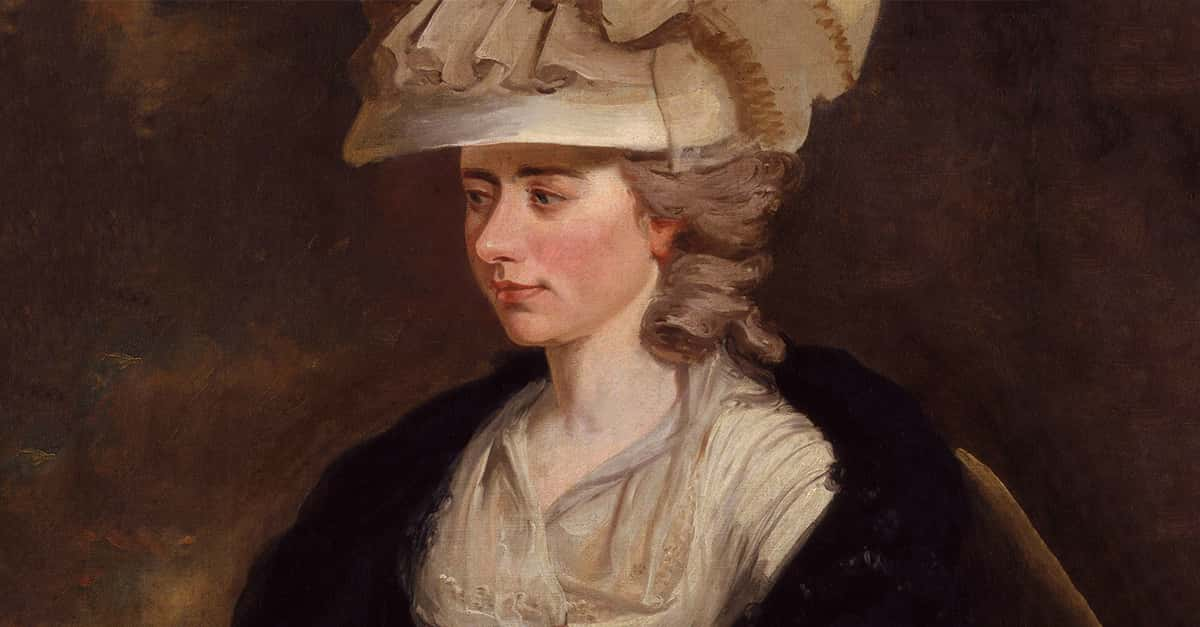Nearly two centuries after they were written, Wuthering Heights, Jane Eyre, and Agnes Grey remain some of the most popular novels in the world. It’s a fact made all the more impressive when one considers that they were published less than a year apart, and by three exceptionally talented sisters. Charlotte, Emily, and Anne Brontë drew inspiration from the gloomy Yorkshire moors where they grew up to craft novels which could be at once brutal and romantic.
Though the lives and careers of all three women were cut tragically short, their vivid imaginations and keen observational skills would change the course of English literature forever. Here are 42 novel facts about the Brontë sisters.
Brontë Facts
1. All in the Family
The three Brontë Sisters—Charlotte, Emily, and Anne—make up one of the most famous families in English literature. Charlotte, the oldest, was born in 1816; she was followed by Emily in 1818, and then Anne in 1820. But they were not the only Brontë children. Two older sisters, Maria and Elizabeth, died before the age of 12.
The lone Brontë brother, Branwell, was born in 1817.
2. No Irish Need Apply
The Brontë name did not have a long and noble history. In fact, it only went back one generation. Their father Patrick Brontë was born Patrick Brunty. Hoping to hide his “embarrassing” Irish heritage, he changed his name slightly to something more recognizably British, “the Duke of Bronte” being one of the many titles of famed British admiral Horatio Nelson.
The umlaut just served to show the name was two syllables.
3. Foreign Scholar
Patrick Brontë was brought up in Loughbrickland, Ireland, but immigrated to England after winning a scholarship to Cambridge. In addition to his work as the curate of Haworth, he was a poet and pamphlet writer; no doubt his literary talents rubbed off on his children.
4. Full House
The matriarch of the Brontë brood was a Cornish woman named Maria Branwell. She passed away in 1821, so her sister, Elizabeth, moved in to help raise the six Brontë children. Patrick Brontë never remarried.
5. The Rich Aunt
“Aunt Branwell” proved to be an important influence on the Brontë children. She owned many books and subscribed to magazines, which the Brontës read voraciously. She also happened to have a sizeable income—the profits of a tea store founded by her father—which she spent on the children’s education. When she passed away, she left the girls ₤900 (roughly $115,000 USD today).
It was enough for them to quit their governess jobs and concentrate on their literary careers.
6. Brussels Sprouts
Elizabeth Branwell’s wealth also afforded the girls the opportunity to study abroad. Emily and Charlotte were enrolled in Monsieur and Madame Heger’s Boarding School in Brussels in 1842. The girls thrived at the school, although Emily did not much enjoy it: at the end of their six- month term, both Brontës were invited to stay at the school as teachers.
Both accepted, but Emily returned home the following year to accept a job in England.
7. Love Letters
Charlotte remained in Belgium. She was, it turns out, in love with Monsieur Heger. She may have even considered converting to Catholicism for him. Charlotte wrote four letters to Heger confessing her love for the married schoolmaster; Heger tore them up and never responded. The letters were found by Heger’s wife and pieced back together.
After Charlotte’s death, they were printed in The London Times.
8. Crack Shot
With Elizabeth Branwell handling the reading and writing, Patrick Brontë was free to teach his daughters more esoteric skills, like shooting pistols. It was something he did every day without fail, firing from the top floor window to discourage rioting Luddites. When his eyesight began to fail, the responsibility was passed on to Emily.
9. Kitchen Aid
Emily also happened to be a pretty good cook. She developed a passion for it when their maid, Tabby, fell and broke her leg. Tabby was unable to perform her usual tasks, and the girls were scared she might get fired, so they all pitched in, with Emily handling the bulk of the kitchen duties.

History's most fascinating stories and darkest secrets, delivered to your inbox daily.
10. Drawing a Crowd
Emily was skilled musician, and dabbled in painting and drawing, but the real artist of the family was Charlotte. In 1834, two of her drawings were displayed at an art exhibition in Leeds. Her skills as an artist were so respected that, when the second edition of Jane Eyre was released, her publisher asked if she would provide the illustrations.
11. The Whispering Sister’s Lisp
Anne is generally remembered as “the quiet Brontë.” She was terribly shy and would often hide when visitors came to the house. Some scholars believe she may have had a speech impediment.
12. Geography Lessons
The children delighted in creating stories about Angria and the Glasstown Confederacy, which were imaginary worlds populated by their toy soldiers. The Glasstown Confederacy comprised of several small islands. Each on the Brontës ruled over one, and each had a capital called “Glasstown.” The storytelling was largely controlled by Charlotte and Branwell.
When Charlotte left for a brief stint in boarding school, Emily and Anne launched a rebellion, creating their own imaginary world of Gondal.
13. Gondal Girls
Emily and Anne Brontë imbued Gondal with an incredibly rich lore which they recorded in “The Gondal Chronicles.” Upon returning from boarding school, Charlotte would occasionally contribute as well. Consisting of two islands in the South Pacific, and ruled by women, Gondal was frequently beset by civil war and romantic intrigue.
The poems and diary entries that make up “The Gondal Chronicles” marked the first specifically literary activity of the Brontë sisters.
14. Tight Fit
Emily and Anne wrote “The Gondal Chronicles” on tiny, matchbook-sized books, and included maps and illustrations. Just one book of “The Gondal Chronicles” totalled 60,000 words.
15. The Brontë’s Black Sheep
The Brontë girls were encouraged by their brother, Branwell, who occasionally joined in on their childhood literary projects. He grew up to become something of a ne’er-do-well, however, and was once even burned in effigy in Haworth. His addictions to alcohol and laudanum made it difficult for him to keep a steady job—not to mention the fact that he was sleeping with his boss’s wife.
He passed away at the tender age of 31.
16. Based on a True Story
Arthur Huntington, the drunken husband of Anne’s novel The Tenant of Wildfell Hall, was probably based on Branwell. So was Hindley Earnshaw, the dissolute brother of Wuthering Heights’ protagonist.
17. Homes Before Poems
Not everyone was so supportive of the aspiring writers. In 1837, 20-year-old Charlotte wrote to England’s poet laureate, Robert Southey, asking for his opinion on some of her poems. Southey replied that, while she clearly had talent, she should not bother pursuing it. After all, he said, “the more [a woman] is engaged in her proper duties, the less leisure will she have for it,” adding that, once she was a mother, she “will not seek in imagination for excitement.”
18. That Name Rings a Bell
Southey’s comments were not enough to dissuade the Brontës from writing, but it did remind them that the literary world of the 19th century was not especially welcoming to young women. To avoid such prejudice in the future, they adopted pen names: Charlotte became “Currer Bell,” while Emily and Anne become “Ellis Bell,” and “Acton Bell,” respectively.
19. For Whom the Bell Tolls
“Ellis, Currer, and Acton Bell” published their first book in 1846, the simply titled Poems of Ellis, Currer, and Acton Bell. It sold just two copies.
20. Mind Your Own Business
While many of the poems in their book were written about Gondal, then altered to fit the real world, the idea for the book was born when Charlotte discovered Emily’s private poems. The poems were very personal. Although Charlotte was impressed, and eventually convinced her to publish them, Emily flew into a rage which lasted for days.
21. When Life Hands You Lemons…
The failure of their book of poems was demoralizing, no doubt, but it may have served to encourage the three young writers to pursue fiction instead. By the end of the following year, all three Brontë sisters had published a novel.
22. Some Day, My Prints Will Come
In 1847, Emily published Wuthering Heights with the help of London publisher Thomas Newby. Anne published her novel, Agnes Grey, with the same publisher. Charlotte’s novel, The Professor, was rejected again and again. It wasn’t until she sent out a new work, Jane Eyre, that Charlotte finally won an acceptance.
23. You Have to Spend Money to Make Money
It was custom, in those days for authors to front the costs of publishing a novel. Emily and Anne paid Newby ₤50, the equivalent of nearly $2,000, to publish Wuthering Heights and Agnes Grey.
24. Moor Successful
Although Charlotte had great difficulty finding a publisher for her novel, Jane Eyre proved to be a massive success. It outsold both Wuthering Heights and Agnes Grey, and earned enthusiastic praise from critics.
25. Brontës Unmasked
The names were similar. The style was similar. The books came out the same time. It seemed fishy, and many readers began to suspect that Acton, Currer, and Ellis Bell were in fact…one person. The misunderstanding became so frustrating that the Brontës were forced to travel to London to explain the situation to Charlotte’s publisher.
For better or worse, this spelled an end to the young writers’ anonymity.
26. The Awful Tooth
Charlotte had terrible teeth. A fellow novelist remarked, after meeting her, that Charlotte had “a large mouth, and many teeth gone; altogether plain.” Charlotte spent her first earnings from Jane Eyre on some sorely needed dental refurbishment.
27. Getting Too Familiar
The Brontës’ novels were all, to varying extents, based on their experiences at boarding schools as students or governesses. This came to bite Charlotte particularly hard: when her old schoolmaster, Rev. Wilson, recognized a similarity between himself and Jane Eyre’s Mr. Brocklehurst, she was forced to issue an apology under threat of a lawsuit.
28. Hall of Fame
In June of 1848, Anne released her second novel, The Tenant of Wildfell Hall. The novel was a hit, and sold out in just six weeks.
29. If She Only Knew
Emily died of tuberculosis on December 19, 1848, a year after Wuthering Heights was published and just three months after the death of her brother. The illness was exacerbated by the drinking water in her family home, which ran from the local graveyard. Emily went to her grave believing that Wuthering Heights was a failure.
30. Too Little, Too Late
Emily was deeply mistrustful of physicians, and refused to accept any medicine given her, saying she would have “no poisoning doctor” attend her. She seemed to have a last-minute change of heart, however: her final words were “if you will send a doctor, I will see him now.”
31. And Now I’m Crying
No member of the Brontë household felt Emily’s loss as keenly as her beloved dog, Keeper. After the funeral, Keeper followed Emily’s coffin to the graveyard, then waited at her bedroom door for weeks afterward.
32. Tragedy Comes in Threes
The week after Emily was laid to rest, Anne came down with influenza. Grief exacerbated her condition and before long, she was suffering full-blown tuberculosis. Anne learned from Emily’s refusals and accepted all medical help, but there was already little doctors could do for her. She died on May 24, 1849.
33. Scarborough Unfair
Anne passed away in Scarborough, where she was seeking treatment, and was buried there, far away from the family home in Haworth. Patrick Brontë was unable to make the 70-mile journey.
34. Posthumous Reviews
As the sole surviving Brontë, Charlotte cemented her own legacy in a way which might have undermined those of her sisters. She suppressed a rumored second novel by Emily, supposedly out of concern that it might not live up to the standard set by Wuthering Heights. She also wrote a letter to Anne’s publisher, suggesting that The Tenant of Wildfell Hall didn’t bear a second edition.
Charlotte's betrayal of Anne is especially chilling. Anne's novel focused on a woman who leaves her abusive husband. Some scholars believe that Charlotte suppressed the book because of its daring subject matter, but as others point out, Charlotte wrote about more controversial subjects (um, hi polygamy) in Jane Eyre. Thus, morals weren't the problem. The real problem was that Anne's novel, which was incredibly popular, might have overshadowed Charlotte's work. Cold, Charlotte. Ice cold.
35. Underrated
Charlotte carried on, publishing three more novels, none of which proved as popular as Jane Eyre. Villette, her final novel, had a bit of a revival as the century wore on. Both George Eliot and Virginia Woolf considered it Brontë’s best novel. In case you haven't read it, Woolf's love makes particular sense. Villette is super experimental, featuring a withholding narrator and lengthy passages where the disoriented protagonist loses track of her own story. Plus, the ending is notoriously wacky. With all that weirdness, no wonder one of the most inventive and trail-blazing modernist writers liked the book!
36. Shirley You’re Joking
Charlotte’s novel Shirley features the first use of the phrase “wild West.” It is also responsible for changing Shirley from a male name to a female name.
37. Alone at the Altar
In 1854, Charlotte accepted a long-standing proposal from Arthur Bell Nicholls, Patrick Brontë’s curate at the Haworth Church. She had previously declined because of her father’s disapproval and Nicholls’ low salary. Patrick eventually came around, but was unable to attend the wedding: Charlotte was forced to give herself away.
38. Let’s Just Be Friends
None of the Brontës were exactly famous for their love lives, but Charlotte had at least received proposals. A brother of her friend was turned away, as was a local clergyman, who proposed to the author after meeting her just once at tea.
39. Unexpected
Charlotte’s marriage was by all accounts a happy one, but this happiness was short-lived. Not long after the marriage, her health began to fail. She died on March 31, 1855 of hyperemesis gravidarium—extreme morning sickness.

40. Late Edition
The New York Times finally got around to publishing an obituary for the last Brontë sister…in 2018.
41. The Last of the Brontës
None of the Brontë children lived past 40. Patrick Brontë survived them all. After Charlotte’s death, her husband, Arthur Bell Nicholls, moved in to help look after him. Patrick Brontë passed away in 1861, at the age of 84.
42. Jane Aerospace
In 1973, astronomers at the Palomar Observatory in California discovered three asteroids and named them Charlottebrontë, Emilybrontë, and Annebrontë in honor of the three sisters. The Brontë name was also attached a crater on the surface of Mercury.
Sources: 1, 2, 3, 4, 5, 6, 7, 8, 9, 10, 11, 12, 13, 14, 15, 16

